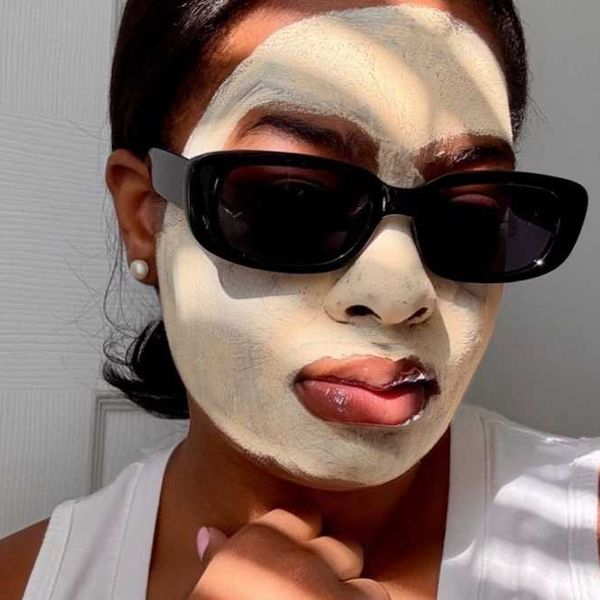Are you ready to see the light on this acne eliminator?
This Acne Treatment Is as Easy as Turning on a Light
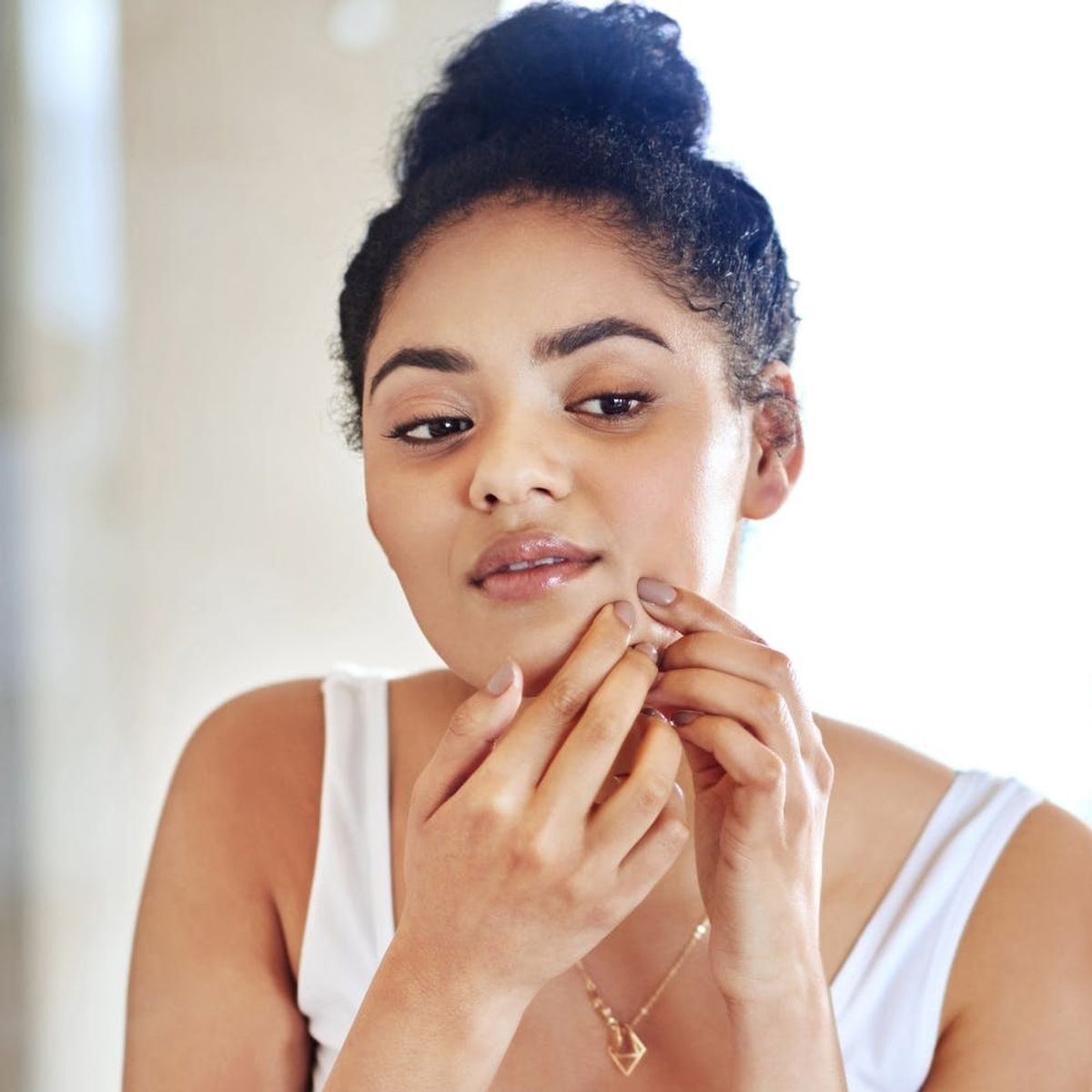
When a pimple pops up, we tend to reach for tubes of benzoyl peroxide or salicylic acid to make it disappear as fast as it emerged. But in the quest for a clear complexion, dermatologists, estheticians, and editors have touted the use of photodynamic therapy AKA acne light therapy that makes zapping a zit as easy as flicking on a light switch.
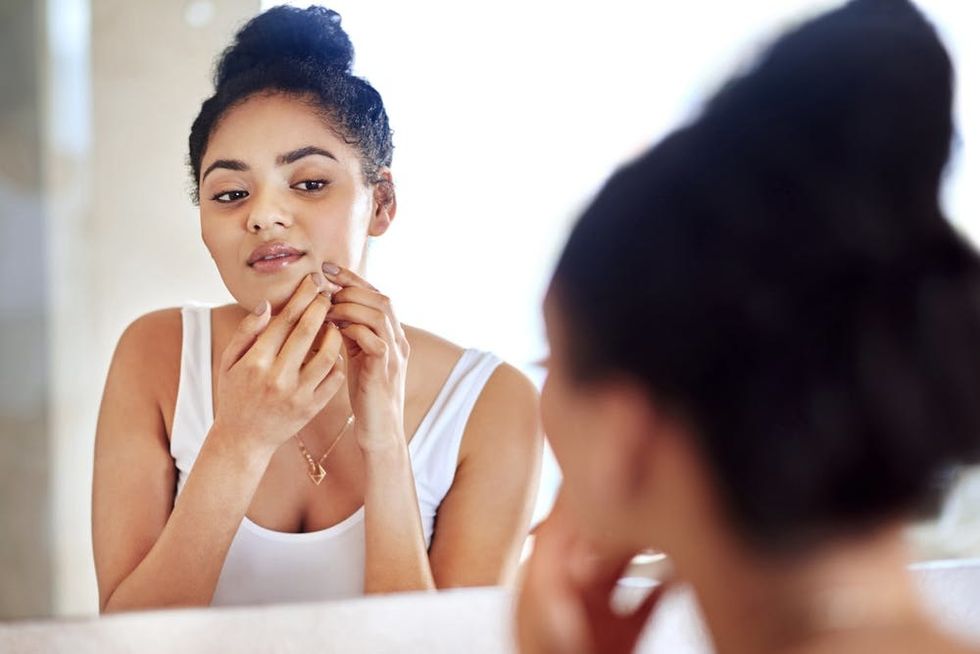
But recently, the treatment and the drugs used have been called into question by a study published in JAMA Dermatology. The drug, known as methyl aminolevulinate, resembles the jelly that’s slathered on the bellies of moms-to-be during ultrasounds and becomes sensitized by the blue and/or red light administered to help in the battle against blemishes. Unfortunately, the review of the qualifying studies on the conductor found it to not be as effective as originally thought, as it only provided a slight reduction in inflammation compared to similar remedies that skip it altogether. It also caused allergic reactions in some instances.
Though there might be questions surrounding the cream involved, skin care experts still highly recommend light therapy to help erase acne. Board-certified NYC dermatologist Debra Jaliman argues that light therapy is great not just for attacking active acne but also for preventing future breakouts. As spot treatments tend to stay near the skin’s surface, light therapy uses a combination of red and blue light to get skin deep and stop acne-causing bacteria before anything pops up. In fact, according to celebrity medical esthetician Holly Cutler (better known as The Skin Saint), over 30 clinical trials have proven the efficacy of LED.
So how exactly do these vibrant rays kill the acne-causing germs? It’s actually similar to how you slay a vampire — no wooden stakes necessary. Clarisonic co-founder and skin care expert Dr. Robb Akridge says that the blue glow causes light-sensitive chemical compounds created by the bacteria called porphyrins to generate oxygen radicals. Those oxygen radicals then destroy the bacteria from within.
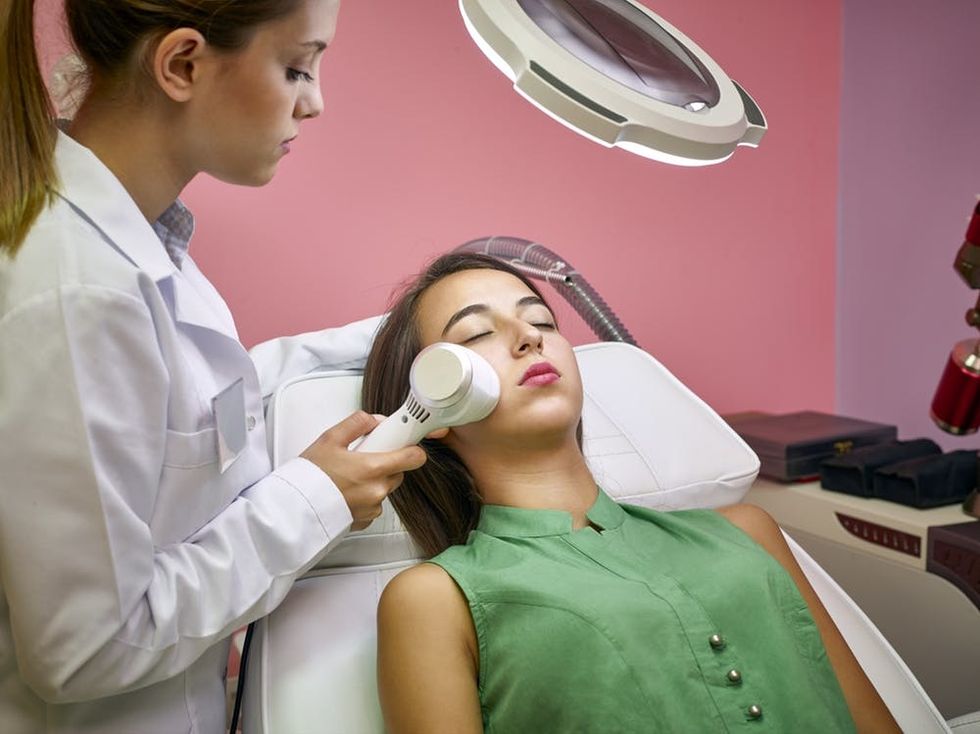
“While the red light therapy has been shown to reduce inflammation and is used for its anti-aging properties because of its collagen-boosting effects, the blue light therapy has been shown to kill acne-causing bacteria,” Jaliman explains. “Both could be used in combating acne, but the blue light therapy is more helpful in destroying the bacteria.” And since the light comes courtesy of LEDs, there’s a relatively low risk of side effects.
But the experts note there are a few things to be mindful of if you give the treatment a test drive. Jaliman advises those that take medications like methotrexate or chloroquine against trying the treatment, as there is a risk of causing porphyria, a rare hereditary disease in which the blood pigment hemoglobin is abnormally metabolized. Cutler agrees, adding that those who have lupus, photosensitive eczema, or albinism might also want to steer clear.
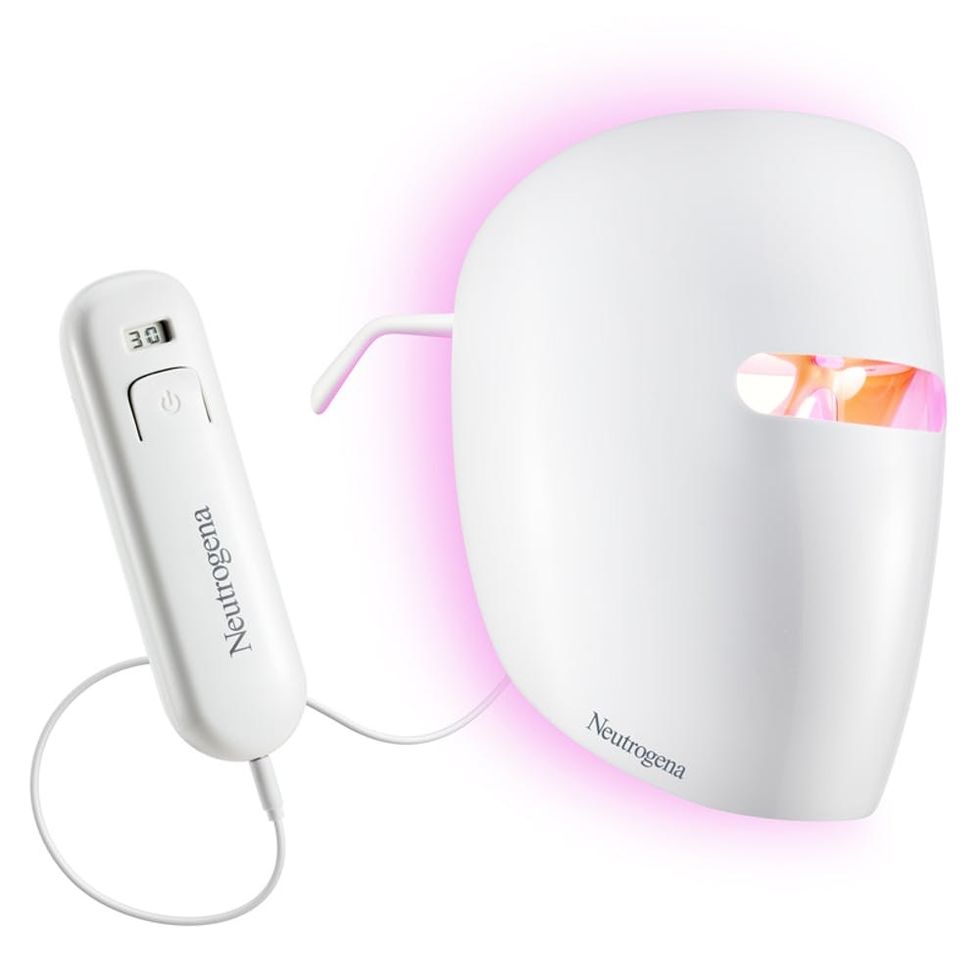
Sure, there are at-home devices designed to shine the lights on those spots, like Neutrogena’s Instagram-worthy Light Therapy Acne Mask ($35). But our skin care experts say the over-the-counter contraptions aren’t as powerful as the lights lined up at your dermatologist’s office or medical spa. As Akridge put it, “At-home devices may have the same wavelength of light, but they are not as strong and have to be left on the skin for a longer time period to see any results.”
Lighting up at home after your appointment won’t speed up the pore-cleaning process, either. Akridge notes that results can depend on the type of wavelength (blue vs. red or both), the intensity (like how bright the light is and how far away it is from a pimple), and the duration of light lingering on the lesion. It typically takes two in-office sessions every week for a month to start seeing results with a monthly blast of illumination for maintenance.
But the therapy can’t clear out every one of your pore problems. Jalliman also points out that though it works wonders on inflammatory acne, it’s not enough to bump off blackheads, whiteheads, or cystic acne, which is why you still need to keep up with your regular skincare routine to resist the others that might occur.
If you do decide to get lit to eliminate your acne, the at-home options might be a good place to start though it might take longer to get the results you want. Talking to a board-certified dermatologist or licensed esthetician can easily expedite the process; just don’t be afraid to ask about the methyl aminolevulinate cream and see if it’s necessary, especially if you already have sensitive skin. Since the treatment offers a low-risk route to clear skin, we wouldn’t be surprised to see a surge seeking the light for themselves.
Follow us on Pinterest to score more of the skin care info you need to know.
(Photos via Getty and Neutrogena.)



